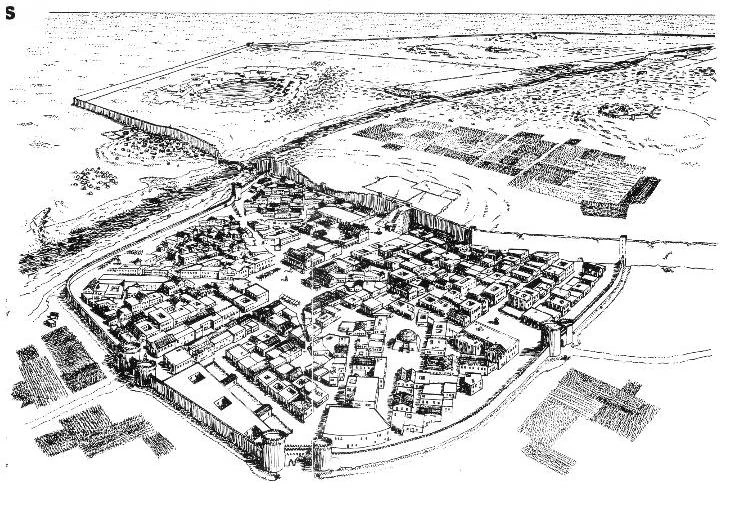The Big Rubble covers about 1900 hectares of area. To put that in comparison, New Pavis covers only 28 hectares, and even Nochet covers only 600 hectares. For real world comparisons, Ancient Athens covered about 120 hectares, and ancient Rome was 360 hectares within the Servian Walls. Manhattan Island itself covers about 5900 hectares, so the Big Rubble is about a third the size of Manhattan Island.
That’s a lot of space for adventuring. There are about 6,100 sentients that reside in the Big Rubble. That’s a little more than 3 sentients per hectare. Now obviously, those inhabitants are actually clustered into areas. Frex, there are some 2,500 trolls and trollkin in the Troll Stronglands and Temple Hill – that’s about 30 trolls and trollkin per hectare! So the Troll Stronglands are bustling with activity. I’d be awful reluctant to enter the Troll Stronglands without permission!

![]()
![]()
Another way of thinking about it is that the entire Commonwealth map in Fallout4 covers about 3000 hectares. So the Big Rubble is basically 2/3rds the size of the Fallout 4 game area.
As a followup, there is something over 350 hectares of built-up ruins in the Rubble (not including things like the Twin Hills, the quarries, the Puzzle Canal, etc). So the built-up areas of the Big Rubble is comparable in area to Rome within the Servian Walls. If we assume that the built-up areas of Old Pavis had a population density of 150 per hectare (making it like Pompeii in density) that gets us to well over 50,000 people at its height.
It could well be that Old Pavis was, along with Nochet, Orin Jistil, and Raibanth, one of the greatest cities of the Second Age. I suspect the cluster of cities around Orin Jistil was the greatest, but Old Pavis was certainly up there.
But even places like the Troll Stronglands, with its gangs of dark trolls and trollkin, have maybe 1/5th the population density of what it was built for. So imagine an 80% vacancy rate. Even if we assume the buildings are half-destroyed, that still means that at best maybe half of all structures are occupied in the Troll Strongholds.
The Main Ruins are about 200 hectares. About 500 people live in the Real City (3.5 hectares), which is densely populated like Old Pavis was at its height. There are another 700 people in the rest of the Main Ruins, so maybe 4 people per hectare on average. That’s like 95% vacancy!
Here’s another thing to remember – Old Pavis at its height was a city of stone. Plenty of buildings made out of limestone, sandstone, granite, even marble. I suspect limestone and sandstone are naturally common, while the Faceless Statue brought stone material that might not be geologically possible here.
Later construction – after 940 or so – was no doubt more with repurposed old stone and adobe.
